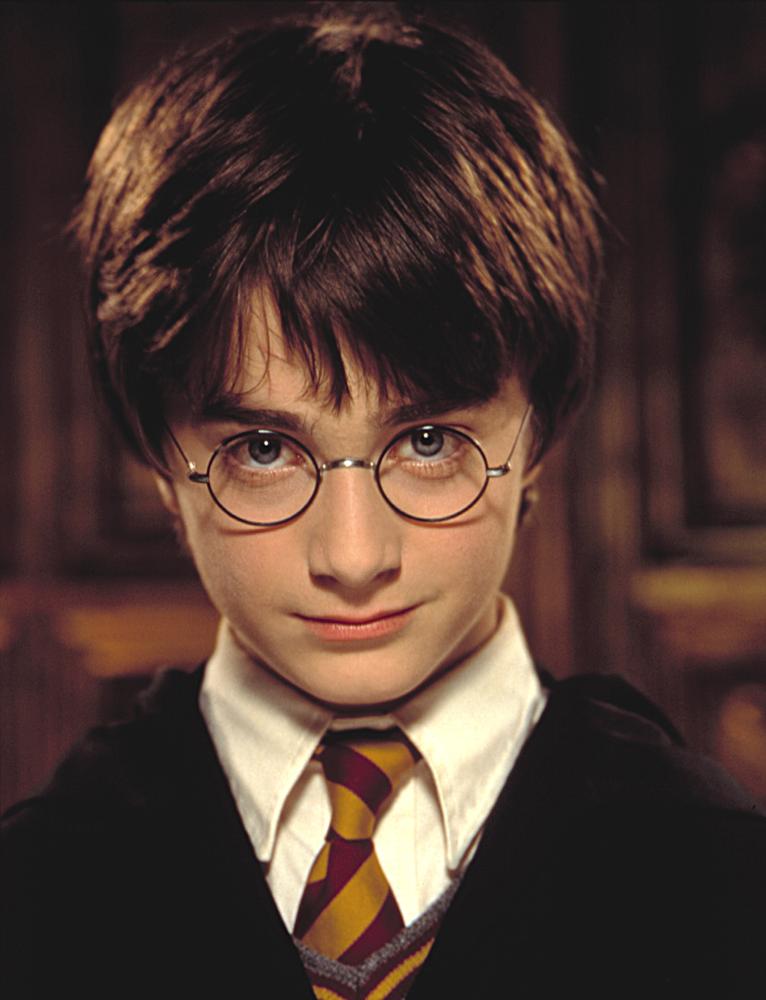
Scientists have been using Harry Potter and the Sorcerer’s Stone to work out what happens in different parts of the brain when people read and connect words with the ideas behind them.
Researchers from Carnegie Mellon University (CMU) in Pennsylvania performed scans on the brains of eight people as they read the ninth chapter of the first book in J.K. Rowling’s famous series.
Leila Wehbe, a graduate student who conducted much of the research, told CMU’s News site that the chapter is about Harry’s first flying lesson. “It turns out that movement of the characters — such as when they are flying their brooms — is associated with activation in the same brain region that we use to perceive other people’s motion,” she said.
Scientists said their research could eventually reveal what’s happening in the brains of people who struggle to read and people with dyslexia.
More Must-Reads from TIME
- Donald Trump Is TIME's 2024 Person of the Year
- Why We Chose Trump as Person of the Year
- Is Intermittent Fasting Good or Bad for You?
- The 100 Must-Read Books of 2024
- The 20 Best Christmas TV Episodes
- Column: If Optimism Feels Ridiculous Now, Try Hope
- The Future of Climate Action Is Trade Policy
- Merle Bombardieri Is Helping People Make the Baby Decision
Write to Naina Bajekal at naina.bajekal@time.com